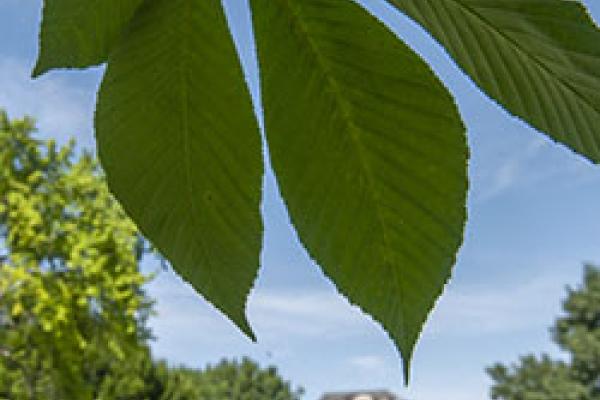
Environmental Science 7899 – Issues in Environmental Sciences
Watch the live seminar remotely via CarmenConnect
Seminar Chair: Gil Bohrer, bohrer.17@osu.edu
Seminar Coordinators: Michelle Smith, straley.23@osu.edu; Yanting Guo, zhao.1093@osu.edu
Course Requirements
This course is graded S/U. Satisfactory participation in this course includes all of the following:
- Attentive and active participation in lectures and discussion.
- Attendance at all classes, with one excused absence. If you must miss more than one class, see Dr. Bohrer.
- Advance reading for any seminars for which it is required
Functional Profiling of Soil Microbiota under Different Tillage Systems in Ohio
By Janani Hariharan
Soil is a dynamic system that causes changes in the microbial community across seasons, the type of crop being cultivated and many other properties. Next-generation sequencing has led to a greater understanding about the microbial biodiversity in a wide range of terrestrial ecosystems. The most important application of microbial ecology, however, is to quantify not only the composition of the microbial community, but also the various processes occurring in it.
In this study, we compare the microbial community and functional profiles across two tillage treatment systems and two locations in Northern Ohio (Wooster and Hoytville). 16S rRNA gene-targeted sequencing was performed on two platforms – 454 FLX Titanium and Illumina MiSeq. The raw data thus obtained were filtered, denoised and processed using QIIME. We then used a computational approach called PICRUSt (Phylogenetic Investigation of Communities by Reconstruction of Unobserved States) to predict metagenomes and the most likely functions performed by individual species of bacteria.
Preliminary analysis reveals a large number of unidentified OTUs, which is consistent with our expectations of the soil ecosystem. Of greater interest is the insight into the predicted functions of the microbial community; for example, a large number of proteins were connected with metabolism and maintenance of natural organic molecules in soil as well as enzymes related to degradation of xenobiotics. Using PICRUSt, we were also able to map specific OTUs to the function(s) performed.
This information can be used to identify members of the active soil microbial community, which can then be utilized for agricultural benefit.
Janani Hariharan is a FAES Environmental Graduate Research Fellow and a member of Dr. Warren Dick’s lab in OARDC, Wooster, Ohio. She received her undergraduate degree in biotechnology from Anna University, India. Her research interests include microbial ecology, molecular biology and bioinformatics.
